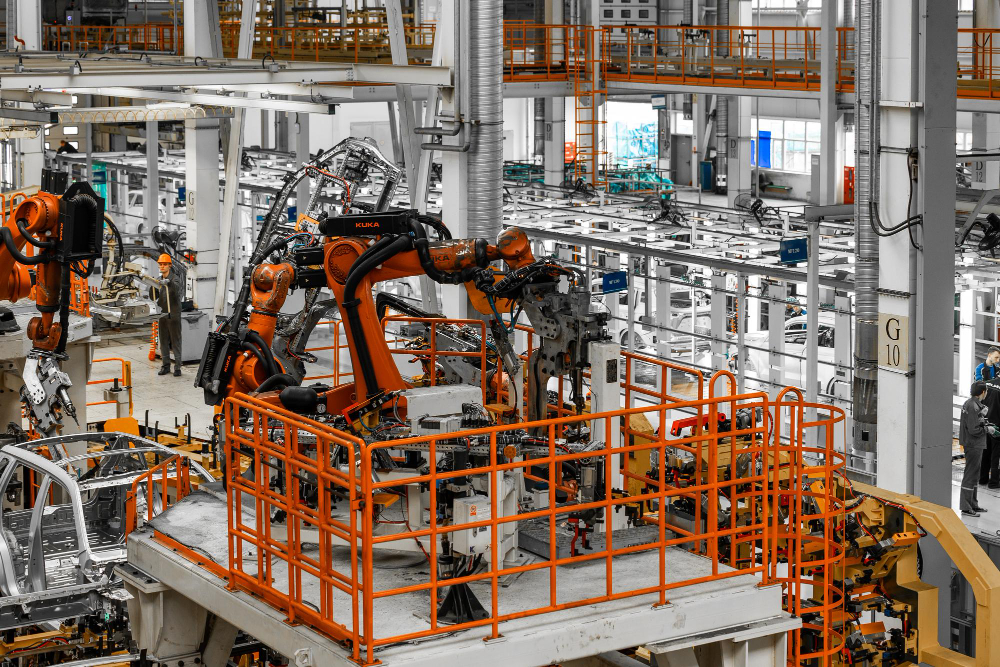1. Enhanced Efficiency and Productivity
One of the most significant impacts of technology on production is the enhanced efficiency and productivity achieved through automation. Robots have the ability to work tirelessly, 24/7, without the need for breaks or rest. This means that production lines can operate continuously, significantly increasing output and reducing lead times. This is particularly beneficial in industries where high volumes of repetitive tasks are involved, such as automotive manufacturing and electronics assembly.
2. Precision and Consistency
Robotic systems are known for their precision and consistency. They can perform tasks with an accuracy that is difficult for human workers to match. This is especially crucial in industries like pharmaceuticals, where even the slightest deviation can have serious consequences. Robots can handle delicate tasks, such as drug formulation or microchip assembly, with unparalleled precision, ensuring consistently high-quality products.
3. Cost Reduction
While the initial investment in robotics and automation technology can be substantial, the long-term cost savings are often significant. Robots eliminate the need for labor-intensive tasks, reducing labor costs, and minimizing the risk of human error. Additionally, robots can work in hazardous environments, eliminating the need for specialized safety measures and protective equipment for human workers.
4. Flexibility and Adaptability
Modern robotic systems are highly adaptable and can be programmed to perform a wide range of tasks. This flexibility is a game-changer for industries that require frequent product changes or customization. Robots can quickly switch from one task to another with minimal reprogramming, allowing manufacturers to respond to changing market demands more effectively.
5. Improved Safety
Safety is a paramount concern in manufacturing, particularly in industries involving heavy machinery and hazardous materials. Robots can be deployed in environments that are dangerous for human workers, reducing the risk of accidents and injuries. Additionally, collaborative robots (cobots) are designed to work alongside humans, further enhancing safety by automating physically demanding or repetitive tasks.
6. Skilled Labor Shortage Mitigation
Many industries are facing a shortage of skilled labor, particularly in fields that require specialized training and expertise. Robotics can fill this gap by taking over routine and repetitive tasks, allowing human workers to focus on higher-value activities that require creativity and problem-solving skills. This not only addresses the labor shortage but also empowers workers to contribute more meaningfully to the production process.
7. Supply Chain Resilience
The COVID-19 pandemic exposed vulnerabilities in global supply chains, prompting many companies to reconsider their production strategies. Robotics and automation can play a crucial role in building supply chain resilience. By reducing reliance on labor-intensive processes and minimizing disruptions, companies can ensure a more stable and robust supply chain.
Conclusion
The integration of robotics and automation technology into production processes is transforming the way industries operate. From enhanced efficiency and precision to cost reduction and improved safety, the benefits of technology-driven automation are undeniable. As technology continues to advance, we can expect even more innovations that will further revolutionize production and manufacturing, making them more efficient, adaptable, and resilient than ever before. Embracing these advancements is not just a choice but a necessity for companies looking to remain competitive in the modern industrial landscape.

No comments:
Post a Comment